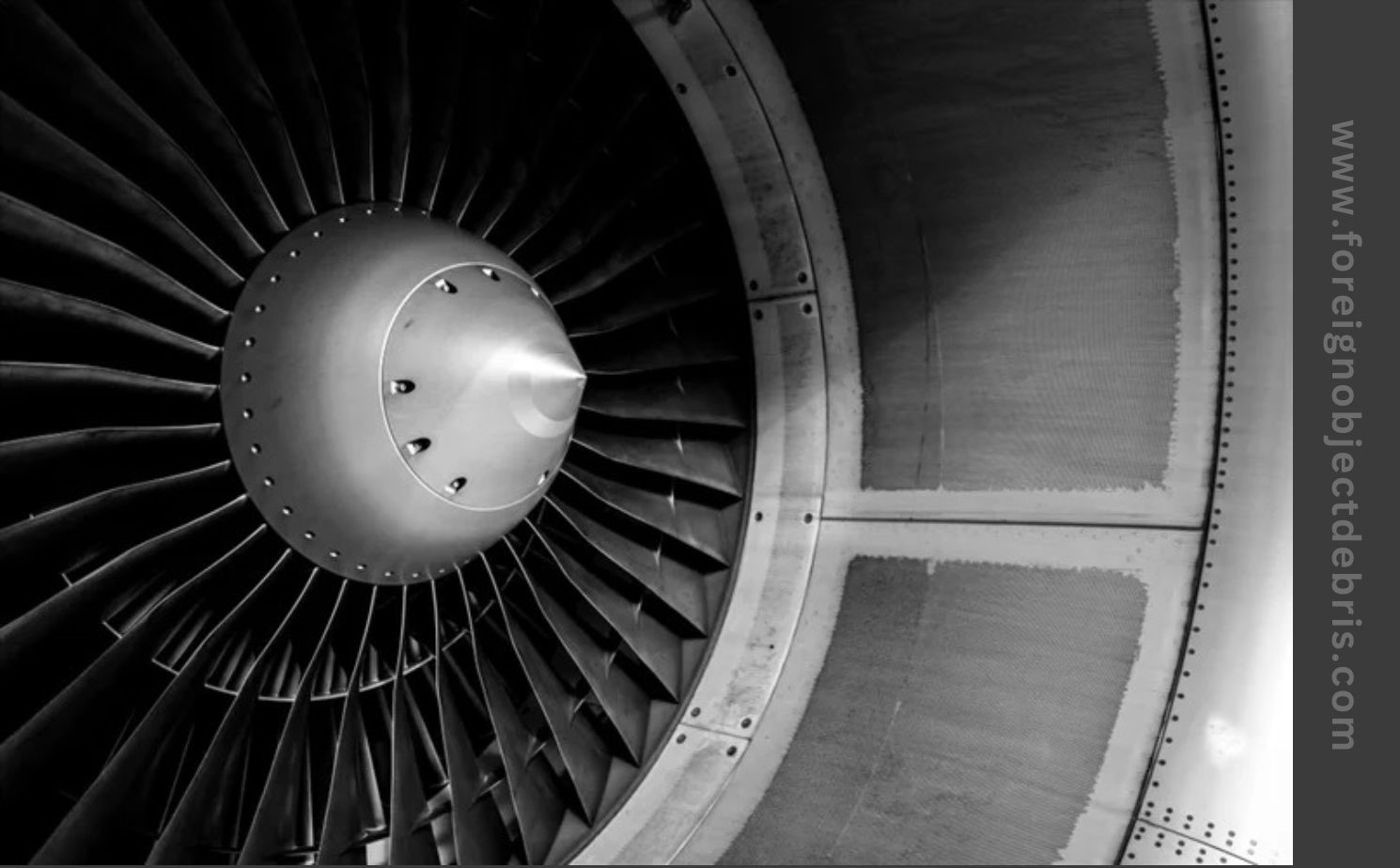 You have already shown your intelligence, curiosity, and willingness to learn if you are joining or working in the Aerospace or High-Tech Manufacturing area. Your dedication and discipline in mastering critical processes, swapping out poor habits for good ones, and constantly pushing you will be crucial to your success and happiness in this field.
You have already shown your intelligence, curiosity, and willingness to learn if you are joining or working in the Aerospace or High-Tech Manufacturing area. Your dedication and discipline in mastering critical processes, swapping out poor habits for good ones, and constantly pushing you will be crucial to your success and happiness in this field.
Attitude, vigilance, and pride from a well-done job are just common sense. If you can keep these things in mind, you will be able to look back on your career with a sense of enduring pleasure and happiness.
What Exactly Is Outer Space Debris?
Machine malfunctions and lax workplace safety protocols produce foreign items as trash. Anything on the airside of an airport that might cause harm to equipment or people is included. The airside of an airport refers to the region immediately next to the terminals and the aircraft.
Thousands of fasteners of various sizes and shapes are used on the airside daily, including bolts, nuts, rivets, screws, and washers. In addition to those above, an airport’s airside sometimes contains construction debris, pavement pieces, catering supplies, baggage, pebbles, sand, tire rubber, personal goods, and even animals. Even one of these may severely destroy an aircraft.
According to National Aircraft FOD Prevention, Inc. (NAFPI) research, the annual cost of foreign object damage to the aerospace sector is over $4 billion.
Methods for Foreign Object Debris in Manufacturing
● Use the “Clean As You Go” Method
Cleaning up after yourself as you go, or CAYG is the first step in preventing foreign object damage (FOD) to equipment. Because this is one of the most common areas in which carelessness on the part of humans may lead to disastrous consequences, it is crucial that everyone involved is aware of the risks associated with FOD and that managers are aware of the increased risk of FOD when staff members are overworked. It is recommended that if your staff are working 10- or 12-hour shifts over many days, shifts be overlapped so that “fresh” eyes are available to support those towards the conclusion of their shift.
● Consider Specific FOD Management
Managers should make foreign object debris in manufacturing strategy for the whole facility a top priority, with a FOD officer in charge of conducting frequent FOD inspections to ensure the smooth operation of the manufacturing process. Staff meetings and training sessions should be scheduled regularly to maintain this precise attention to detail.
● Plan Carefully for the Foreign Object Debris In Manufacturing
Careful planning of manufacturing lines and equipment may significantly reduce the risk of foreign object debris in manufacturing, no matter what is being made. Having less exposed housing and, if possible, ensuring the product has no inaccessible locations that need inspection and cleaning. Assembly areas should be quickly inspected regularly, and tool and component storage should be neatly arranged and labeled for simple access.
Conclusion
Each worker is responsible for keeping their workspace neat, seeing security risks, and eyeing their tools and supplies. All participants will learn throughout training just how crucial this is. Employees in managerial positions should push the initiative by conducting frequent inspections and providing necessary assistance.
